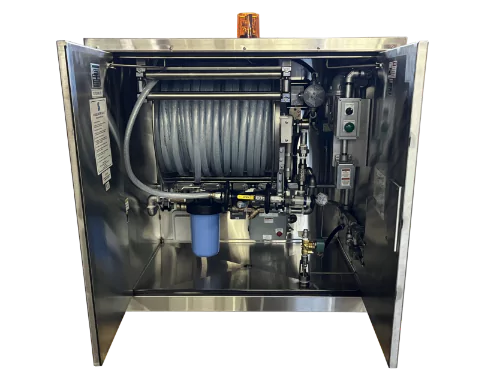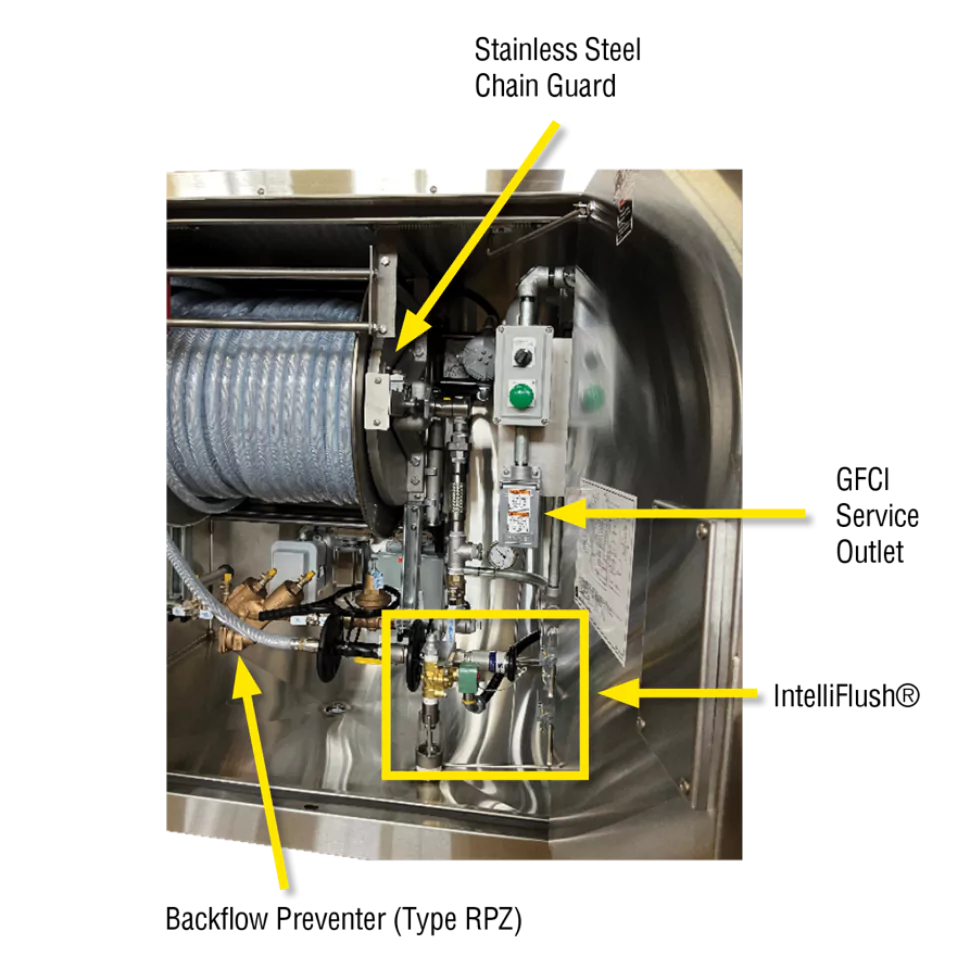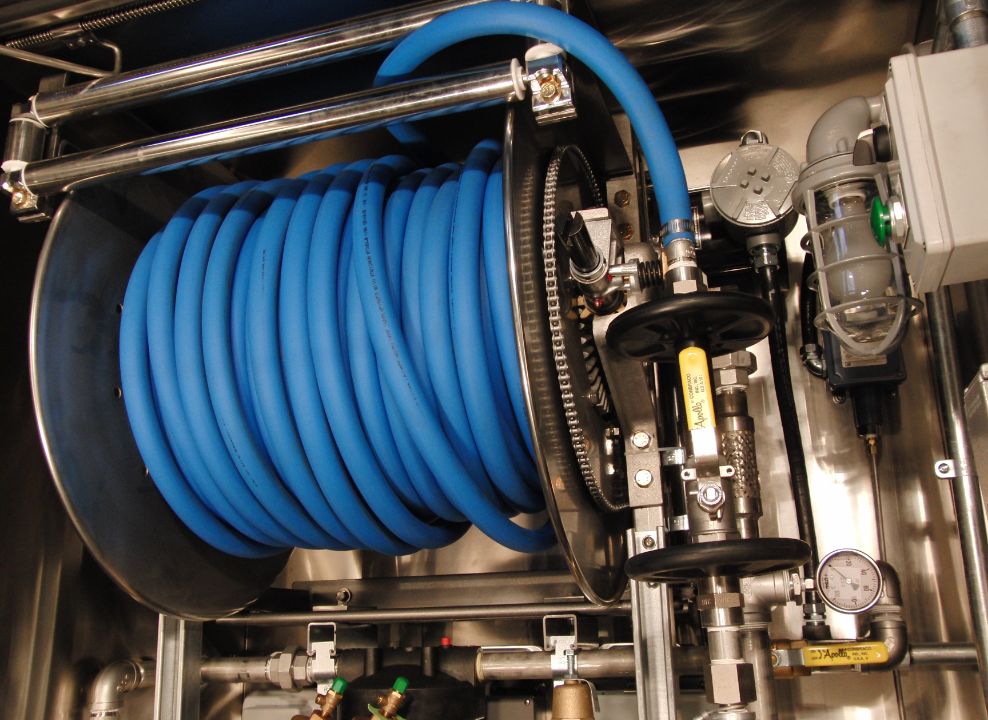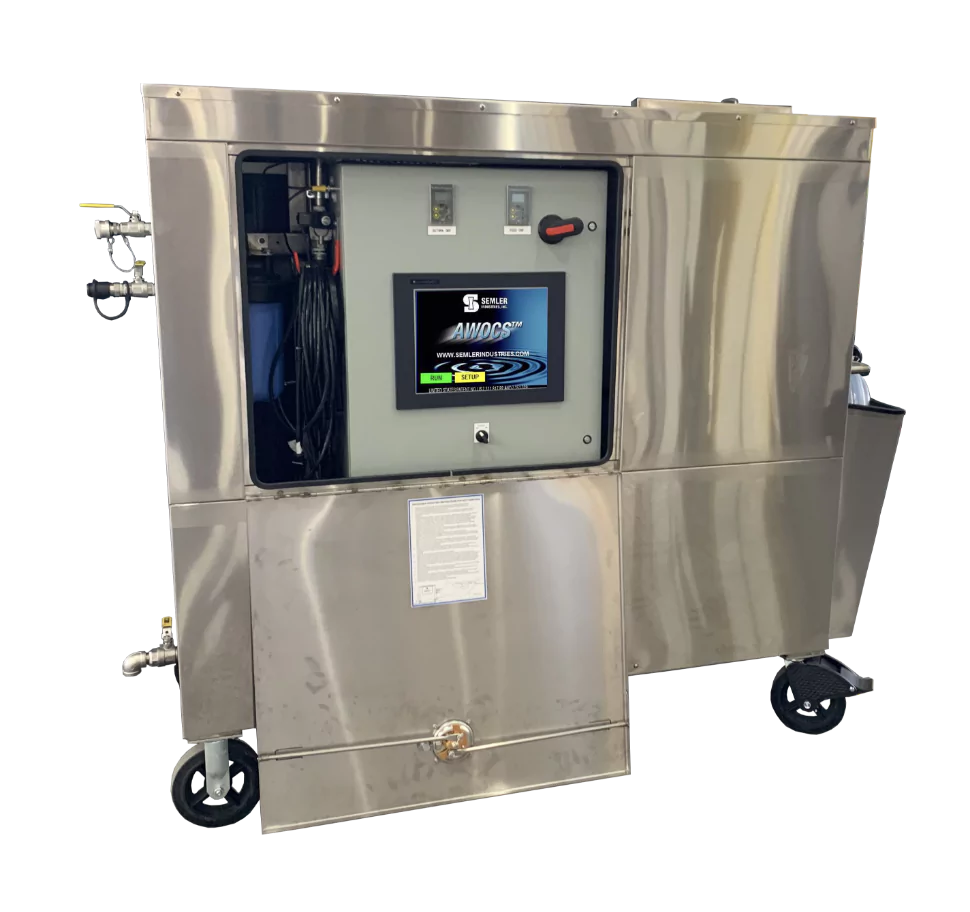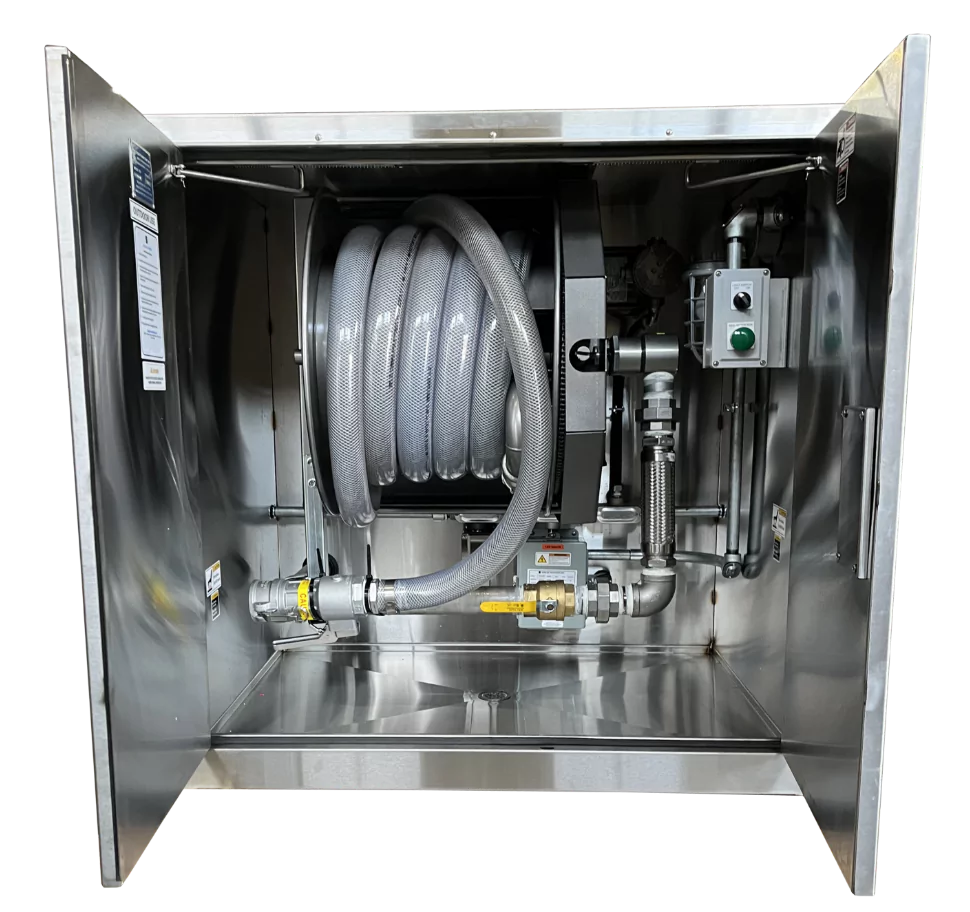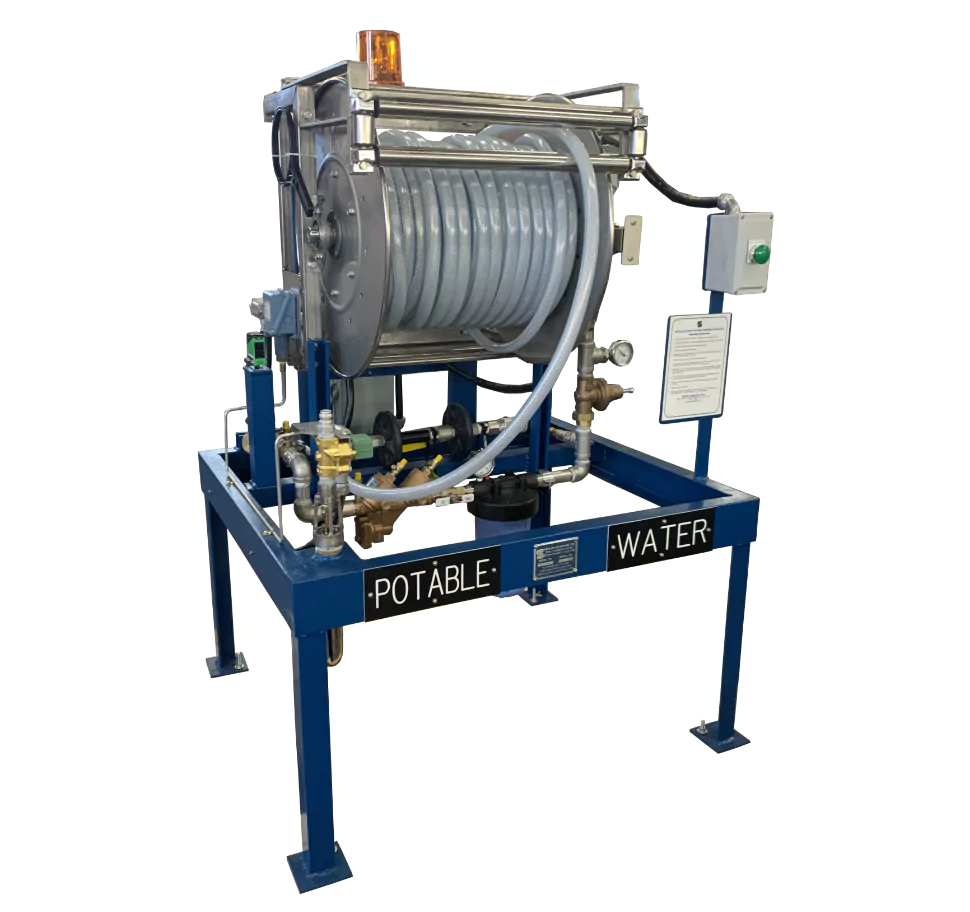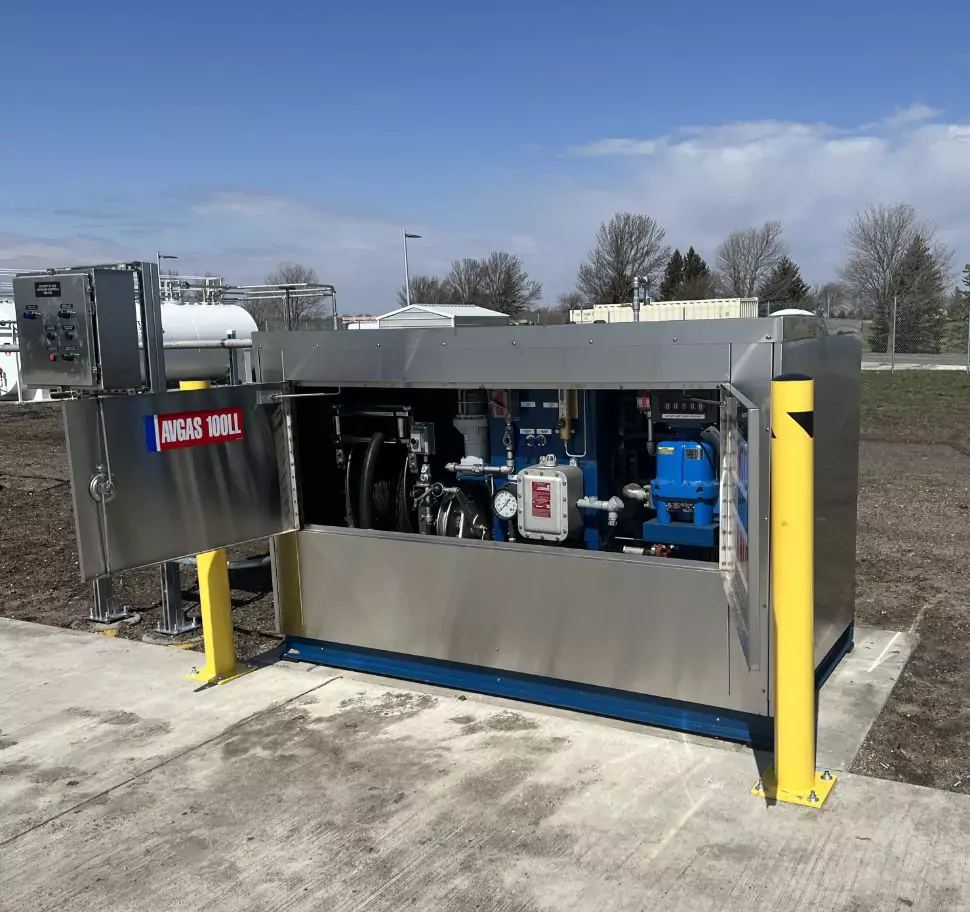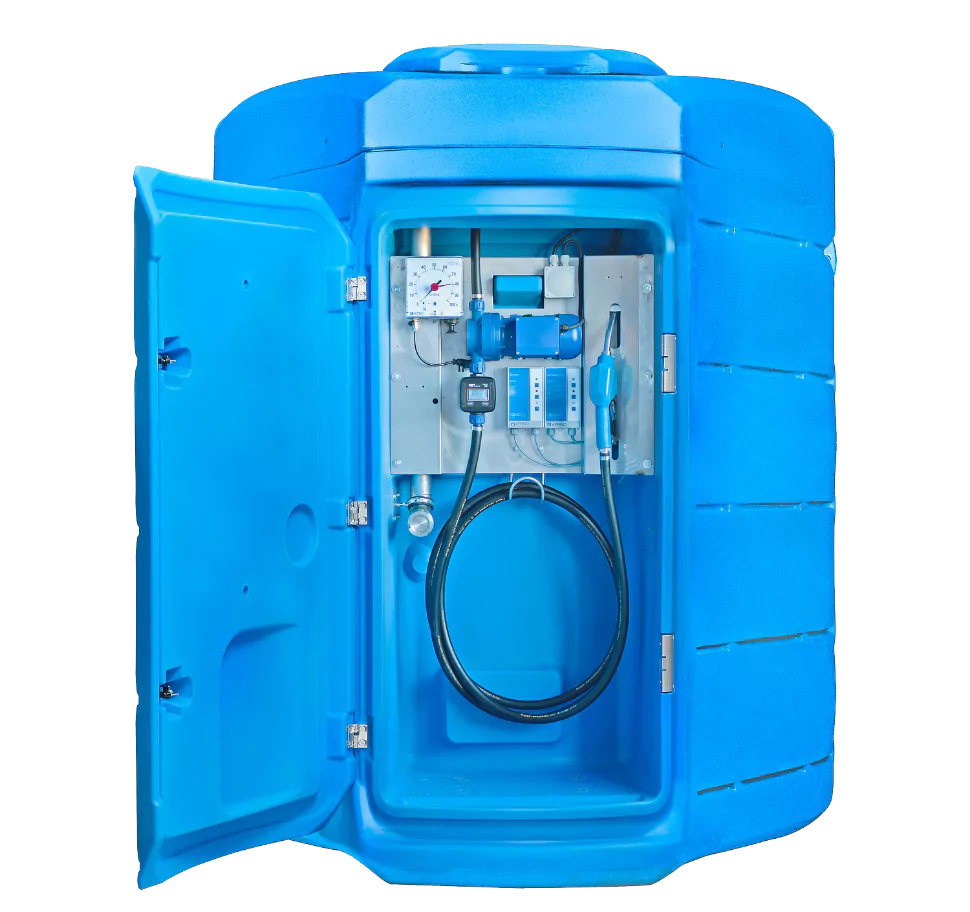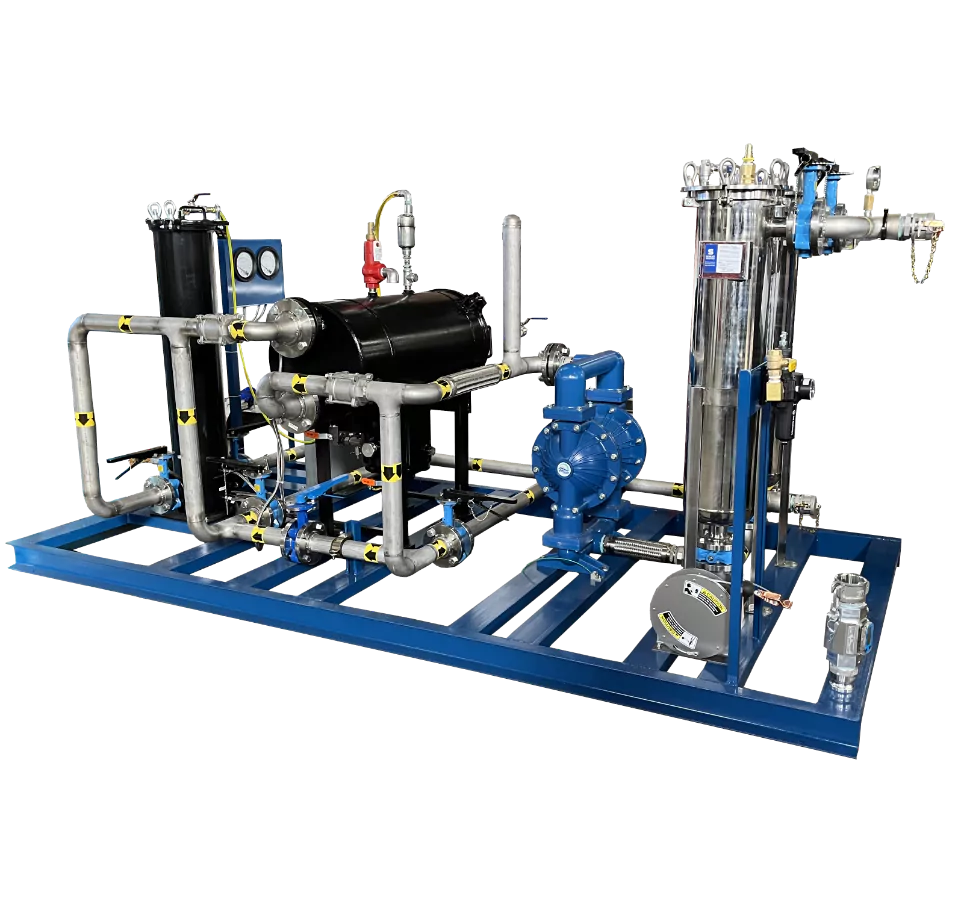Aviation Services

Semler Industries has been manufacturing and supplying equipment to the aviation industry for more than 50 years. In that time, we have built a reputation for quality construction and durability. Our products can be found within all areas of the aviation world – including ground support, aircraft maintenance, airport operations, and fixed-base operations. Scroll down to learn more.
Offering Solutions for
Product Offerings
FIND A REP
